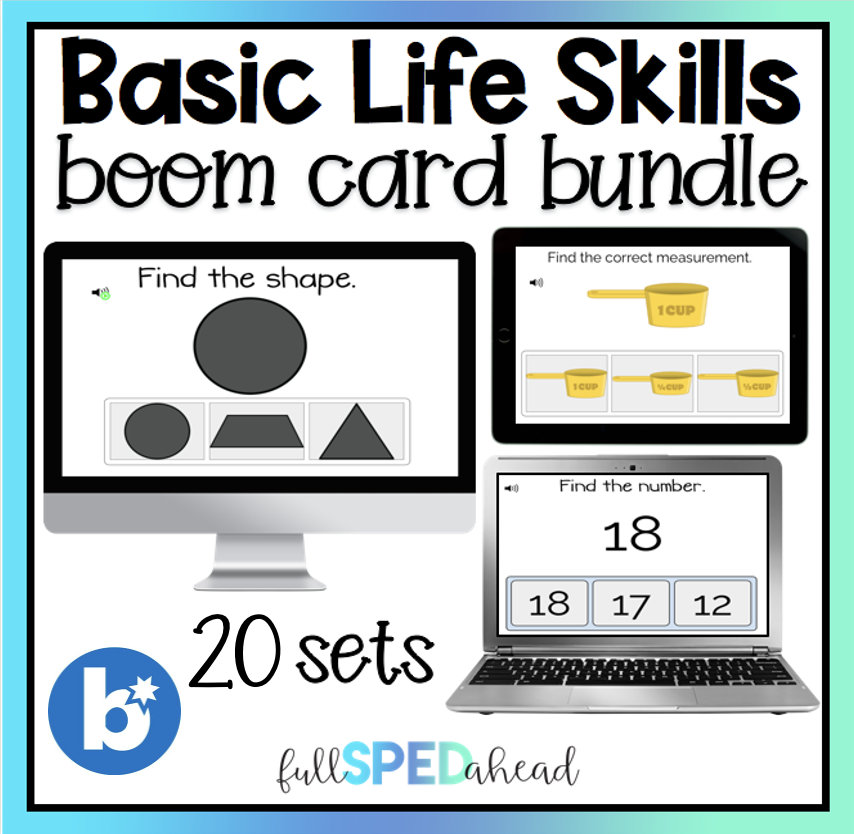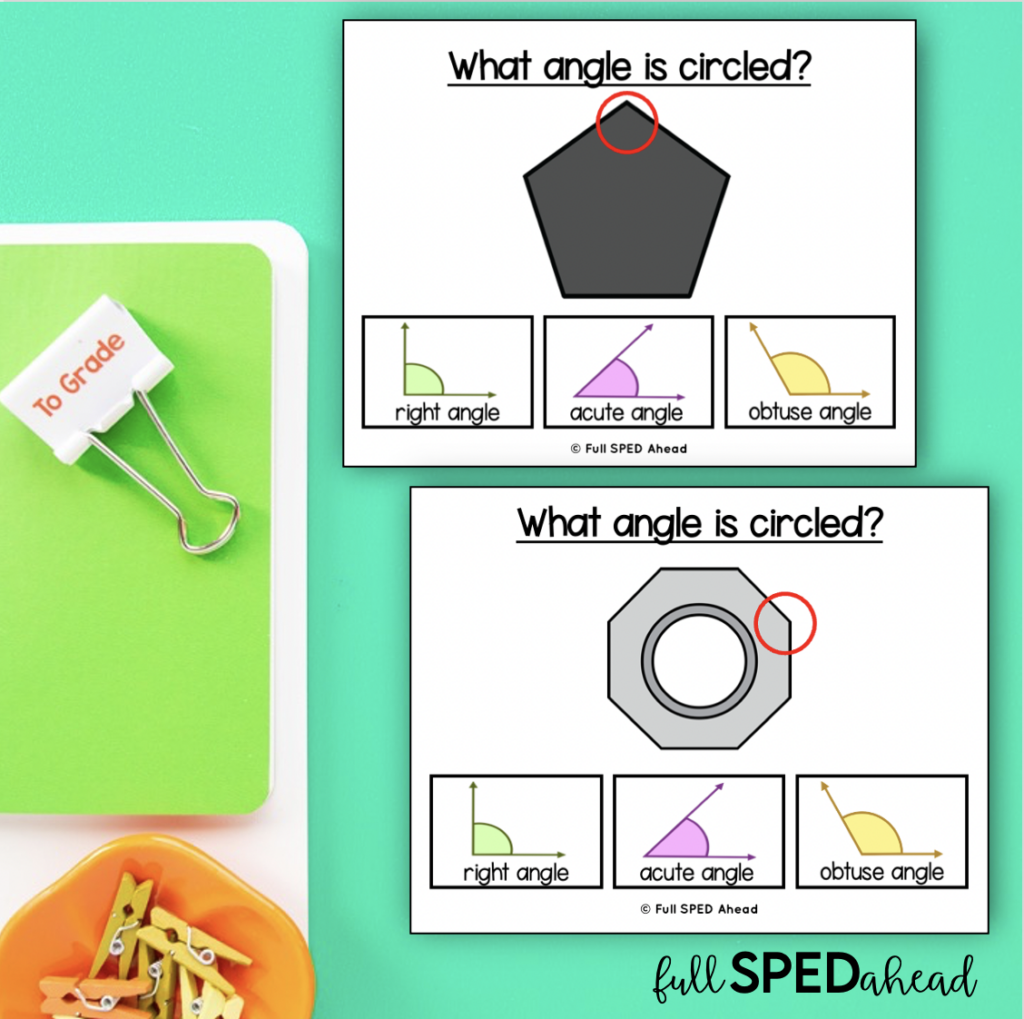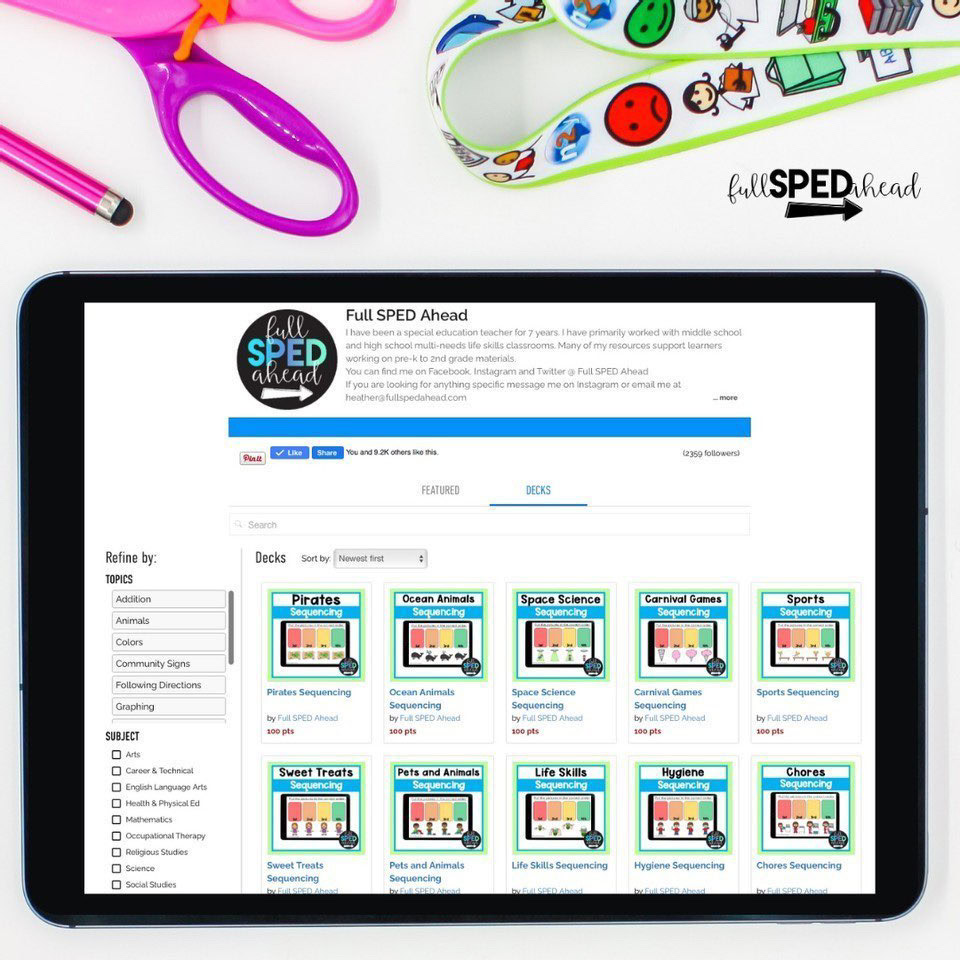Teachers are constantly seeking innovative ways to engage and support their students’ learning. Two popular resources that have gained prominence in recent years are Boom Cards and task cards. While both serve as valuable tools for instruction, they offer distinct features and benefits. In this guide, we’ll explain what Boom Cards and task cards are, compare and contrast their characteristics, and explore how they can enhance students’ learning experiences.

Boom Cards are interactive, digital task cards designed for online learning environments. Created by teachers and educational publishers, Boom Cards cover a wide range of subjects and topics, including math, literacy, science, and social studies.
Each Boom Card deck consists of individual digital cards, typically featuring a question, prompt, or activity. Students interact with the cards by clicking or tapping on the screen to respond, making them ideal for online learning, independent practice, or small group instruction. Boom Cards offer immediate feedback to students, allowing for self-paced learning and personalized instruction.
Teachers also have access to hide cards, collect data on student understanding in real time. Boom Learning recently released a new feature where you can watch student progress LIVE which could help with error corrections!

Task cards are versatile learning resources that come in a physical format, typically as printed cards or sheets. Each task card contains a specific question, prompt, or activity related to a particular skill or concept. Task cards cover a wide range of subjects and topics, and educators often use them for a variety of purposes, including review, practice, assessment, and differentiation.
Task cards can be used in whole group instruction, small group activities, independent practice, learning centers, or as part of a classroom game or activity. They provide a hands-on, interactive way for students to engage with content and demonstrate their understanding.
While Boom Cards and task cards share some similarities, they also have distinct characteristics that set them apart:

Both Boom Cards and task cards offer valuable opportunities for student learning and engagement. Here are some ways they can be used to support learning objectives:
In conclusion, Boom Cards and task cards are valuable tools that can enhance student learning experiences in diverse educational settings. While Boom Cards offer the benefits of digital interactivity and immediate feedback, task cards provide hands-on, tactile learning experiences. Educators can leverage the unique features of each resource to support skill development, differentiation, assessment, and engagement in their classrooms. By incorporating both Boom Cards and task cards into their instructional practices, teachers can create dynamic and effective learning environments that cater to the diverse needs of their students.
Read more:
How To Differentiate Boom Cards
What are you looking for?
COPYRIGHT © 2025 Full SPED Ahead